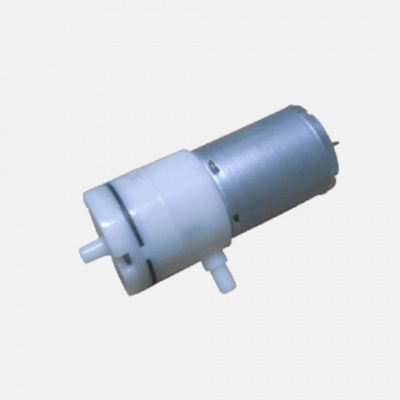Interpretation of Vacuum Unit
There are usually two ways to mark the vacuum degree. One is to use absolute pressure (i. E. absolute vacuum degree) to mark the vacuum degree, and the other is to use relative pressure (i. E. relative vacuum degree) to mark the vacuum degree.
The so-called absolute pressure means that the vacuum pump is connected with the testing vessel. After sufficiently continuous pumping, the pressure in the vessel will not continue to drop and maintain a certain value. At this time, the gas pressure in the vessel is the absolute pressure of the pump. If there is absolutely no gas in the container, then the absolute pressure is zero, which is the theoretical vacuum state. In practice, the absolute pressure of the vacuum pump is between 0 and 101.325 kPa. Absolute pressure value needs to be measured by absolute pressure instrument. The initial value of the instrument is 101.325 kPa at 20 C and altitude=0.
Relative vacuum refers to the difference between the pressure of the measured object and the atmospheric pressure of the measuring site. Measure with ordinary vacuum gauge. In the absence of vacuum, the initial value of the table is 0. When vacuum is measured, its value ranges from 0 to -101.325 kPa (usually expressed in negative numbers). For example, a measurement value of -30kPa indicates that the pump can be pumped into a vacuum state of 30kPa lower than the atmospheric pressure at the measuring site. The relative pressure of the same pump measured at different locations may be different, because the atmospheric pressure at different locations is different, which is caused by different objective conditions such as altitude, temperature and so on.
The absolute pressure is the most scientific and universal mark in the international vacuum industry. Because the method of measuring relative vacuum is simple, the measuring instrument is not produced widely, it is easy to buy and the price is cheap, so it is also widely used. Of course, theoretically they can be converted to each other. The conversion method is as follows: absolute pressure = relative pressure at the measuring site. The absolute pressure is the most scientific and universal mark in the international vacuum industry. Because the method of measuring relative vacuum is simple, the measuring instrument is not produced widely, it is easy to buy and the price is cheap, so it is also widely used. Of course, theoretically they can be converted to each other. The conversion method is as follows: absolute pressure = relative pressure at the measuring site.


